K-style: understanding the rise of Korea’s creative golden age
Spanning music, fashion, design and food, a new book, Make Break Remix explores the global rise and rise of Korean culture
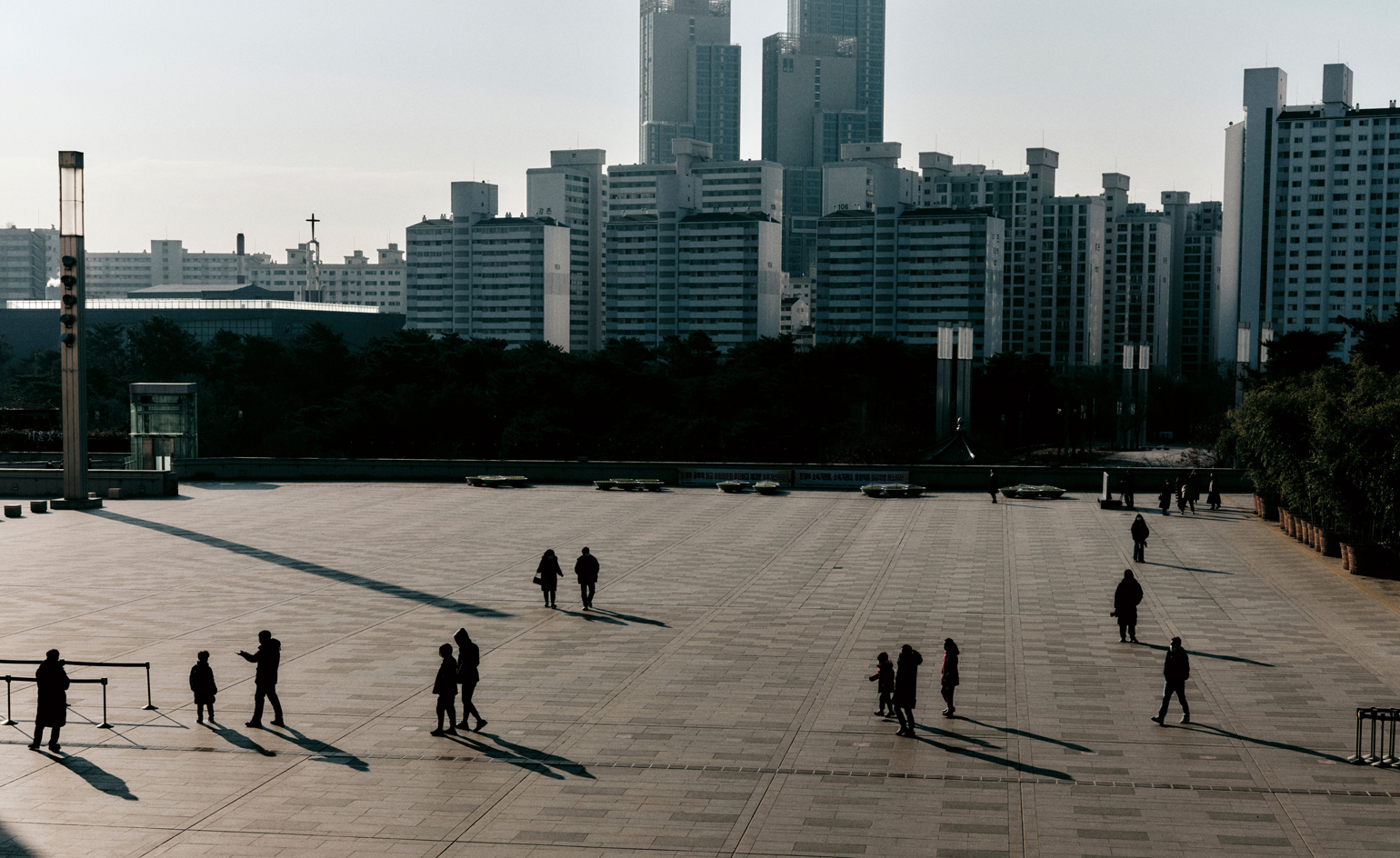
From K-pop to K-fashion, there has never been a time when Korean culture has been more enthusiastically consumed and beloved by fans overseas (there’s also good reason to visit – see our Seoul tour). Without a doubt, K-culture is in its golden era.
As much as it is being consumed, however, there seems to be a shortage of publications with a credible explanation for the peak popularity of Korean culture. The power of storytelling has been commonly cited as the key to the Korean film and entertainment industry’s international success, but that doesn’t suffice as an answer when it comes to music, fashion, design and food. Surely there must be something more that is steering the global audience to Korean culture as a whole.
New book Make Break Remix: The Rise of K-Style takes on two major questions: Why has K-style garnered so much attention and popularity globally? And what lies ahead for the Korean cultural trend? To find answers, author Fiona Bae, a long-time publicist who is based in Seoul and London, met with 16 creatives from Korea’s diverse cultural fields and gained insight into their lives, work, and mantras. Deep-diving into their creative processes, the book extracts the essence of each creator’s distinct identity and their perspective on the rise of K-style.
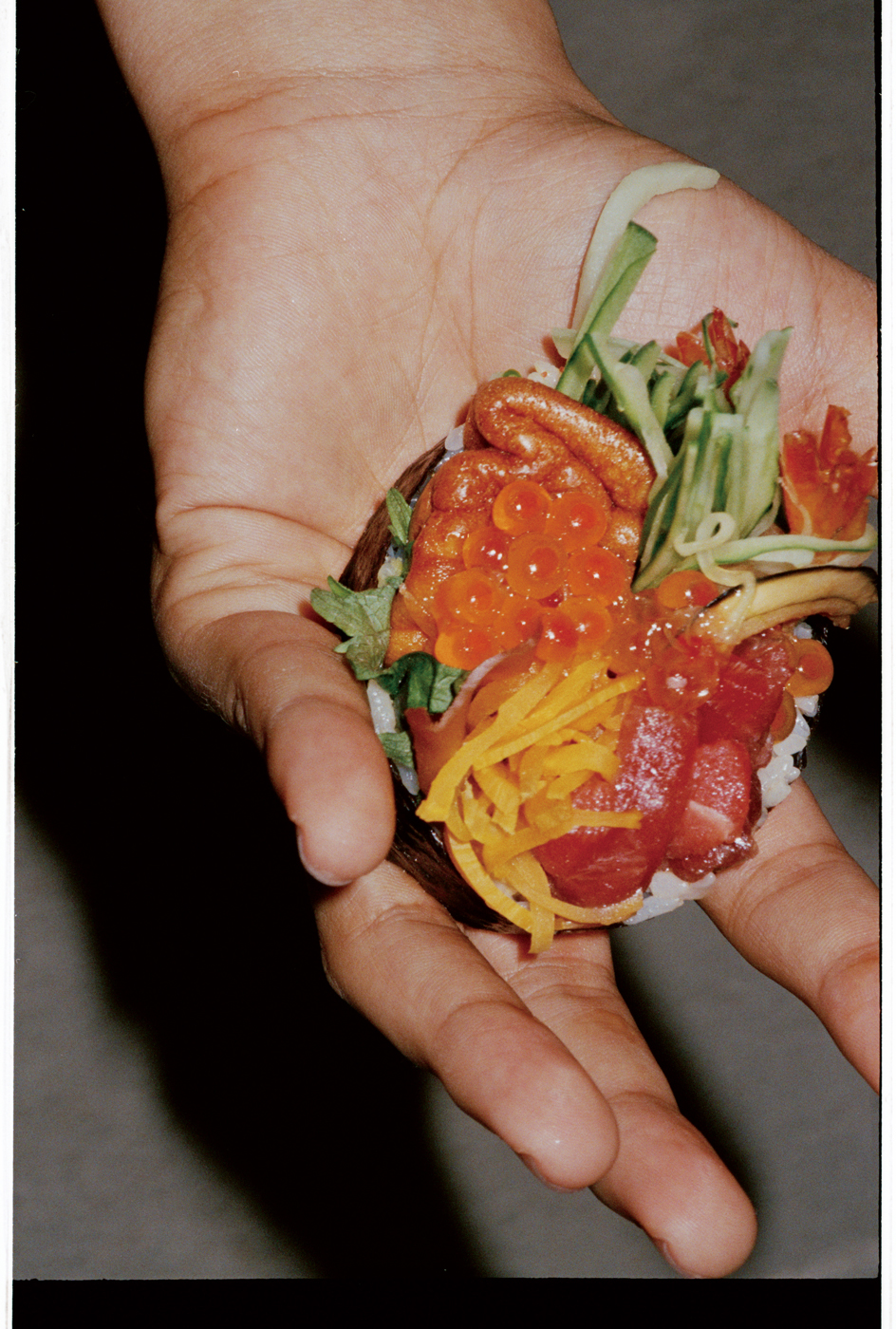
© 2022 less_TAEKYUN
Raw yet stylish snapshots of these creators and their work environments, taken by the renowned Korean fashion photographer Less (Taekyun Kim), come as a bonus. His photo essays, interspersed with Bae’s texts, reflect each of the themes. Devouring the photos may itself be a delight of reading this book.
Interviewees range from celebrated K-pop choreographer Lia Kim to lesser known but highly influential fashion designers who are leading the streetwear scene, such as Bajowoo, Ilse and Mischief. Leading names of high culture – interior designer Teo Yang, craft artist Kwangho Lee, and chef Mingoo Kang – are juxtaposed with subculture’s musicians DPR REM, Hwang Soyoon, and Lim Kim. Despite the eclectic mix, the book’s main focus is on Korean subculture, specifically street culture creators in the fashion and music scenes.
‘My publisher and editors initially wanted to focus on mainstream K-pop and Korean fashion. However, I realised through research that subculture played a critical role in Korea in influencing the mass cultural trend,’ Bae tells Wallpaper*. Referencing Danny Chung, one of the commentators she interviewed for the book, Bae points out that ‘even the biggest acts in K-pop are in tune with what’s happening in the subcultures of Seoul.’
RELATED STORY
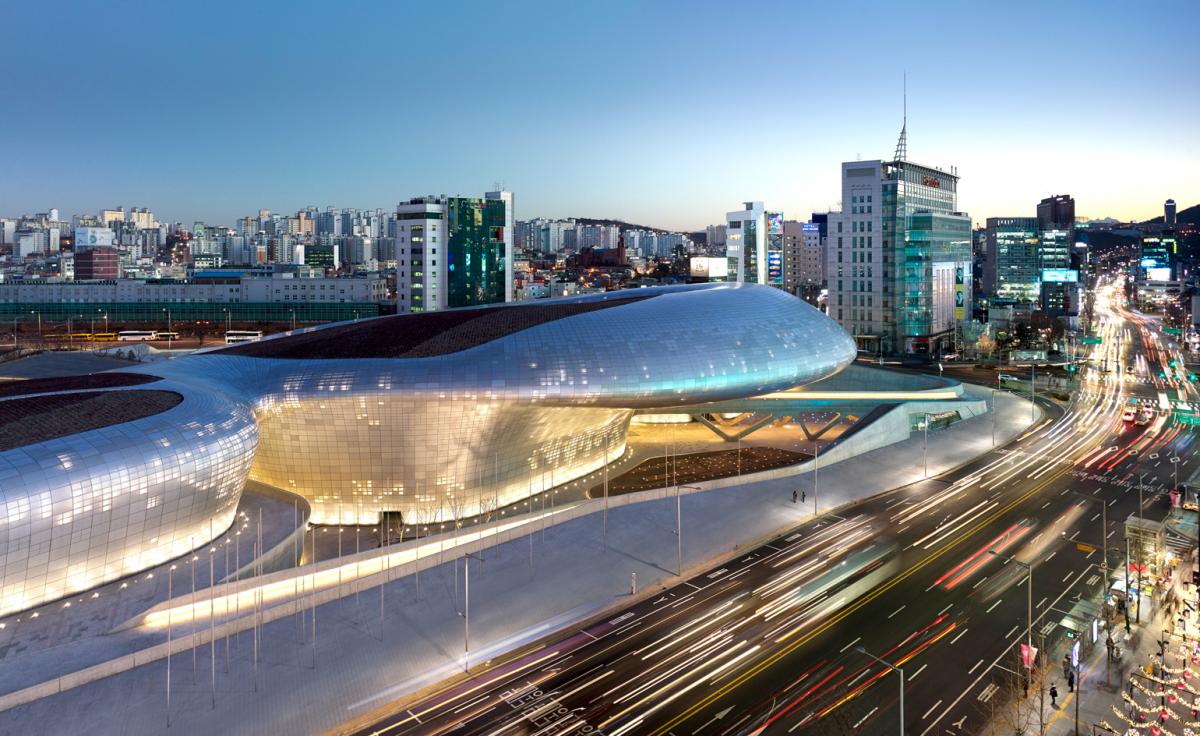
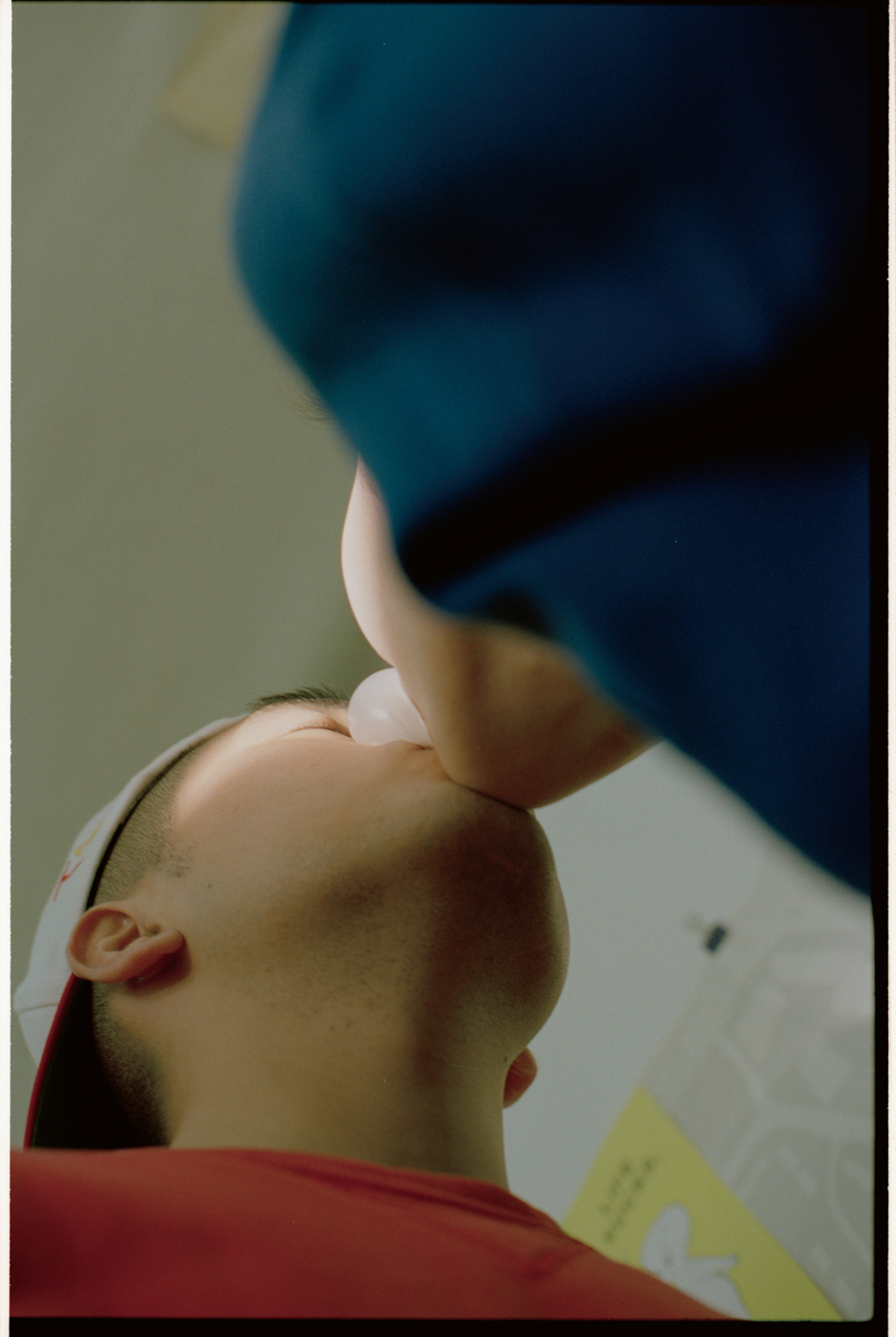
Dee Hul and Lee Daun from Make Break Remix. © 2022 less_TAEKYUN
Bae’s interviewees are creators in the subculture scene who are influencing the wider trends, whom she believes will lead the future of K-style. She deliberately avoided featuring celebrated figures in popular culture who have already received extensive coverage. ‘K-pop and K-fashion are the two pillars leading K-style overseas. At the same time, I believe Korean design will also take off and Korean food is increasingly becoming popular as well. So these potential growth sectors were also what I wanted to feature in the book,’ says Bae.
Receive our daily digest of inspiration, escapism and design stories from around the world direct to your inbox.
To Bae, ‘bold and brave attitude by Korean creatives’ is what defines K-style. Defying the old order in a suppressive and competitive society and creating something of one’s own, something original, is what makes K-style so special, she says.
‘There is an energy that comes from this attitude. Koreans like to learn new things, [and] try new things. They are passionate. My interviewees had a common conviction about what they wanted to do and bravely moved forward. They constantly reiterate and re-mix anything cool from various cultures, with no inhibitions. In the process, new authenticity is born. This reflects the spirit of K-style.’

Gahyun Kwon in Make Break Remix. © 2022 less_TAEKYUN
Competition for originality is much more intense in the digital era than ever before. As people have access to the internet, and particularly social media, they now have a better eye and taste. So creators are under constant pressure to come up with something new, something more original than what is already out there.
The four Korean fashion brands introduced at the end of the book, in a separate section written by renowned fashion editor Sukwoo Hong (aka Your Boyhood), may be the epitome of originality for K-fashion in this new era. For those keen to learn about new, fast-growing players in the Korean fashion scene, the fashion directory will be a worthwhile read.
K-style is flying high thanks to digital media, but it is both a blessing and a challenge as creators can struggle to keep up with the speed of society and fast-changing trends. What comes as a result is deeper contemplation and a search for originality. The book has a clear message: Korean culture really started to blossom overseas when creators went back to being true to themselves. In the end, authenticity matters most.
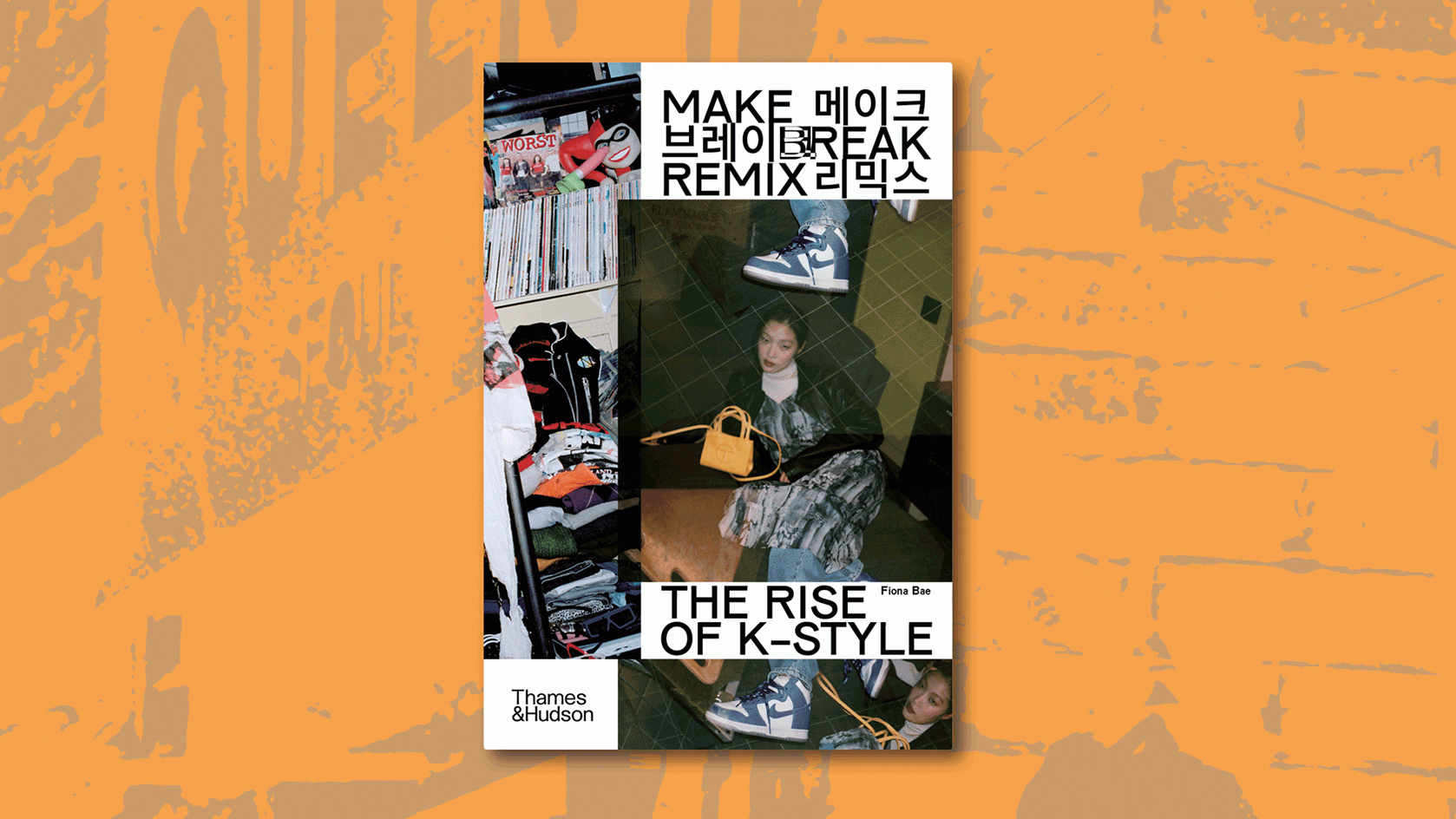
© Thames & Hudson
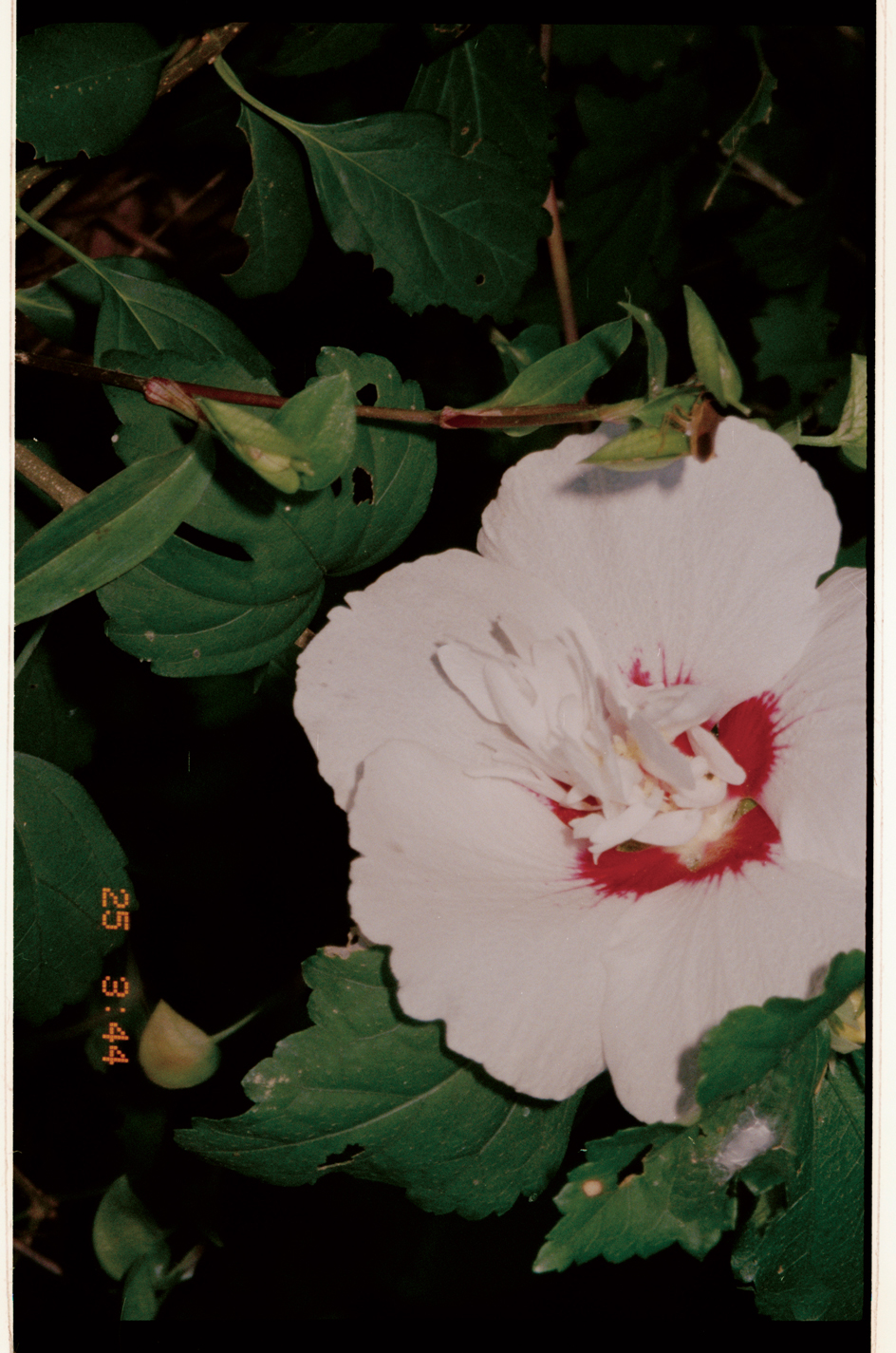
© 2022 less_TAEKYUN
INFORMATION
Make, Break, Remix: The Rise of K-Style will be published by Thames & Hudson on 22 September 2022. thamesandhudson.com
SuhYoung Yun is a writer, journalist, and creative director active in the cultural field, especially focused on travel, design, art, architecture and food. She is the author of Switzerland: A Cultural Travel Guide (스위스 예술 여행), published in 2025 by Ahn Graphics, a renowned design publisher in South Korea. Yun was formerly the Cultural and Public Affairs Officer at the Embassy of Switzerland in Seoul, a position which inspired her to write the cultural travel guide.
-
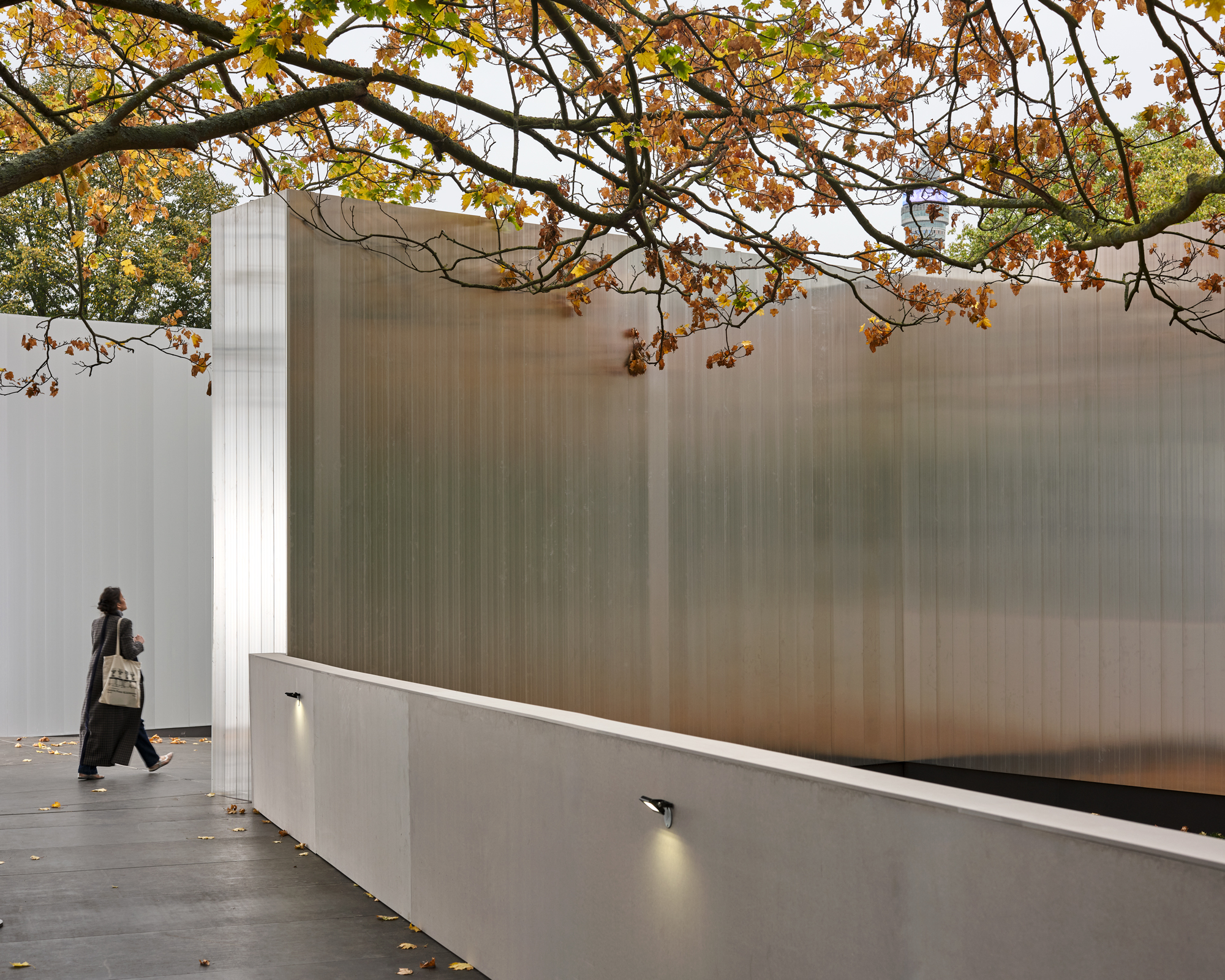 Out of office: The Wallpaper* editors' picks of the week
Out of office: The Wallpaper* editors' picks of the weekThe London office of Wallpaper* had a very important visitor this week. Elsewhere, the team traverse a week at Frieze
-
 Alexandre de Betak on getting lost to find himself in London
Alexandre de Betak on getting lost to find himself in LondonAs the world-renowned artistic director opens his first personal studio in London during Frieze Week, Alexandre de Betak reflects on leaving the fashion runway behind to explore light, space and creative freedom
-
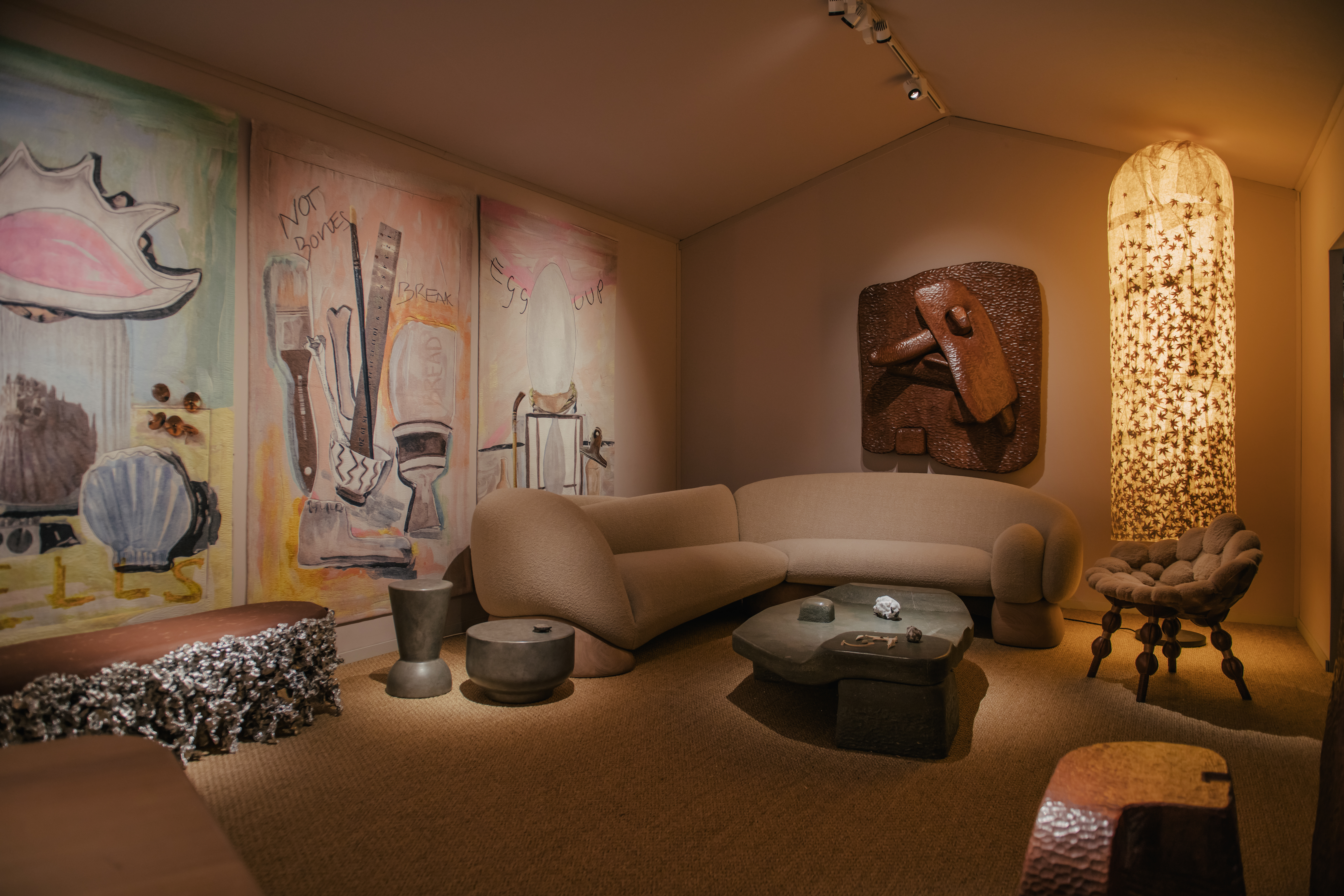 Step inside Faye Toogood's intimate cabinet of curiosities at PAD London
Step inside Faye Toogood's intimate cabinet of curiosities at PAD LondonFor PAD London 2025, (until 19 October) Faye Toogood presents The Magpie’s Nest with Friedman Benda
-
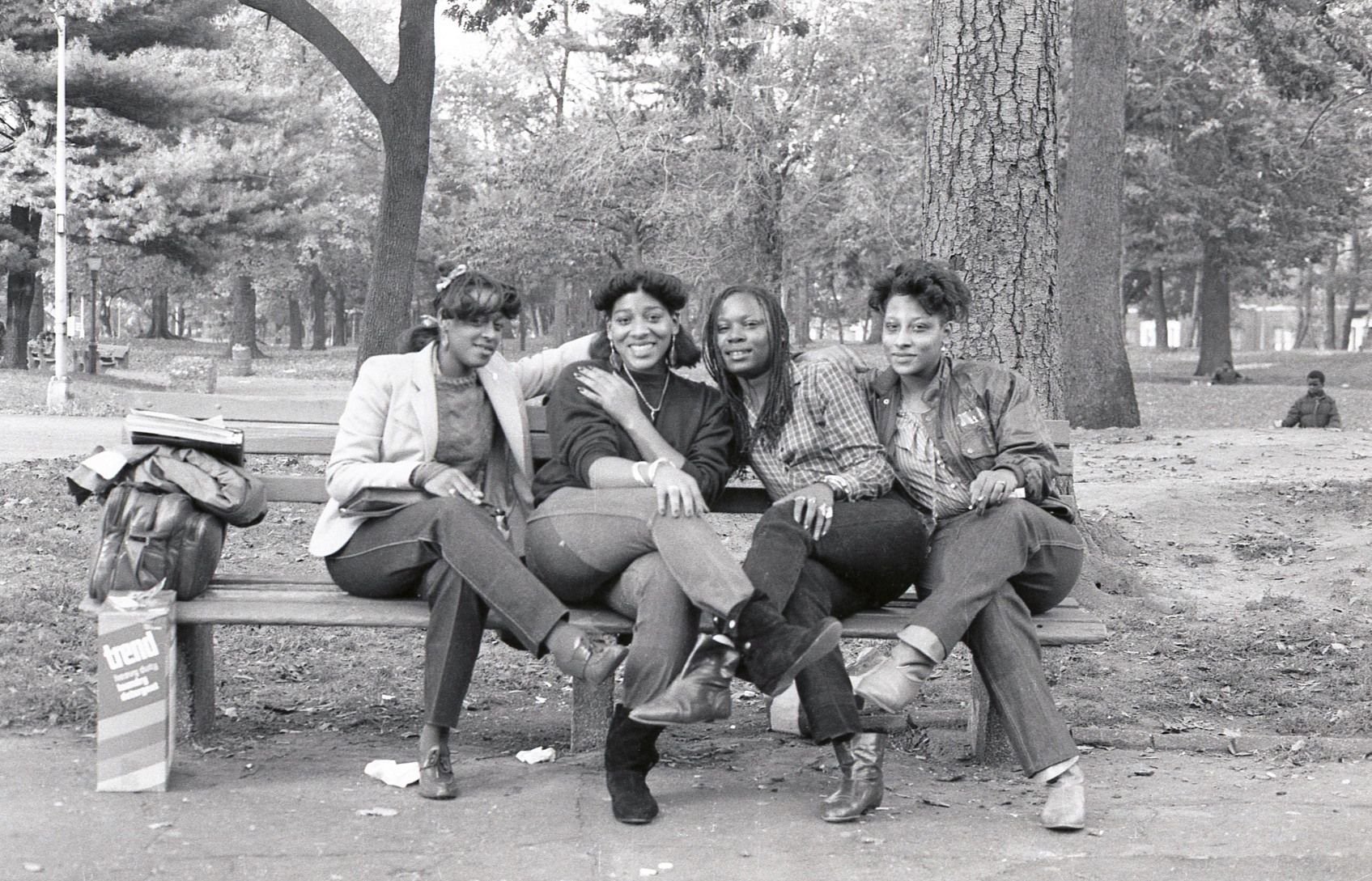 Jamel Shabazz’s photographs are a love letter to Prospect Park
Jamel Shabazz’s photographs are a love letter to Prospect ParkIn a new book, ‘Prospect Park: Photographs of a Brooklyn Oasis, 1980 to 2025’, Jamel Shabazz discovers a warmer side of human nature
-
 A life’s work: Hans Ulrich Obrist on art, meaning and being driven
A life’s work: Hans Ulrich Obrist on art, meaning and being drivenAs the curator, critic and artistic director of Serpentine Galleries publishes his memoir, ‘Life in Progress’, he tells us what gets him out of bed in the morning
-
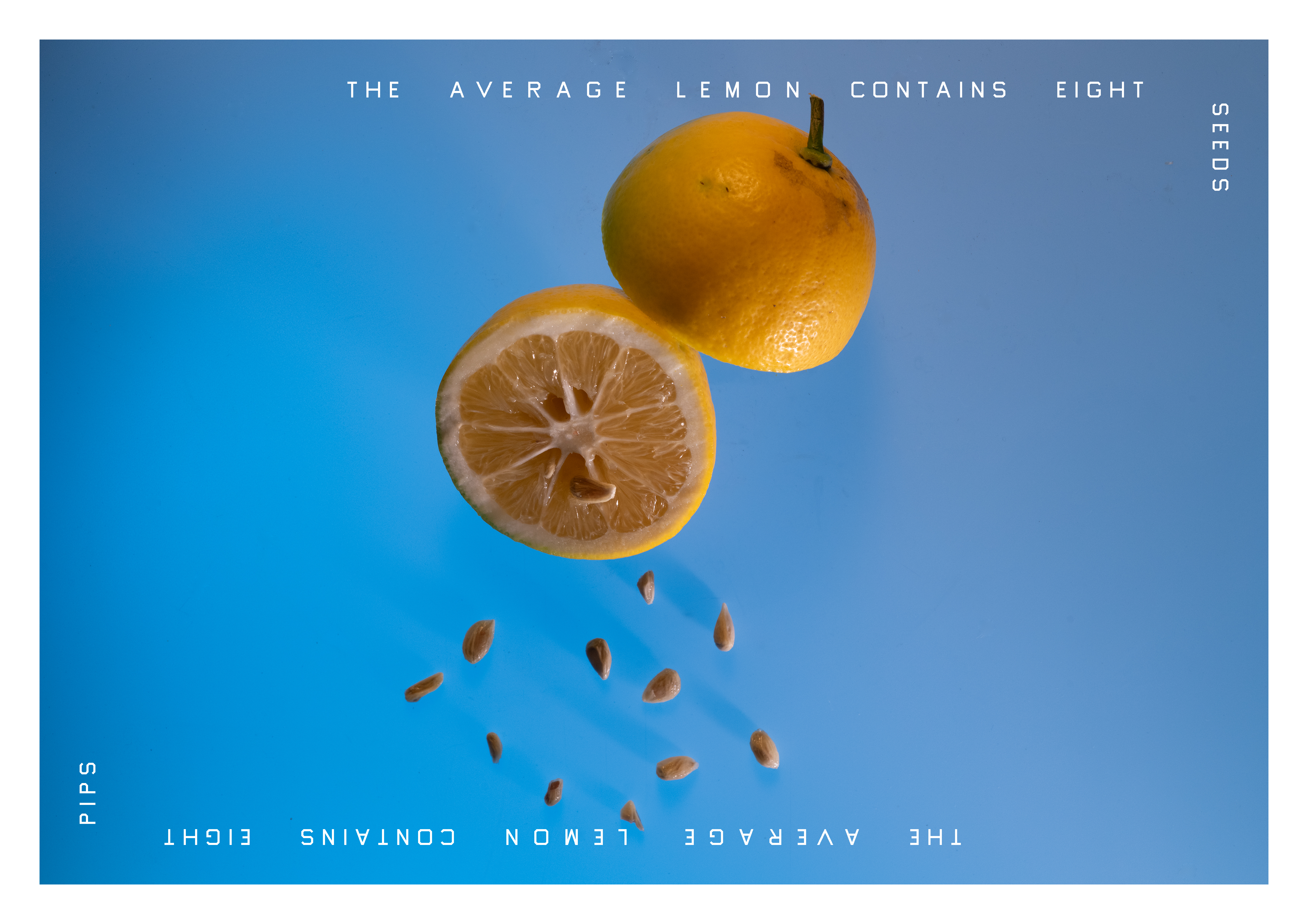 Ed Ruscha and Ruthie Rogers team up on zingy new cookbook
Ed Ruscha and Ruthie Rogers team up on zingy new cookbookEd Ruscha and friend Ruthie Rogers, chef and River Café co-founder, have teamed up on a cookbook with a difference
-
 Thomas Prior’s photography captures the uncanny fragility of American life
Thomas Prior’s photography captures the uncanny fragility of American lifeA new book unites two decades of the photographer’s piercing, uneasy work
-
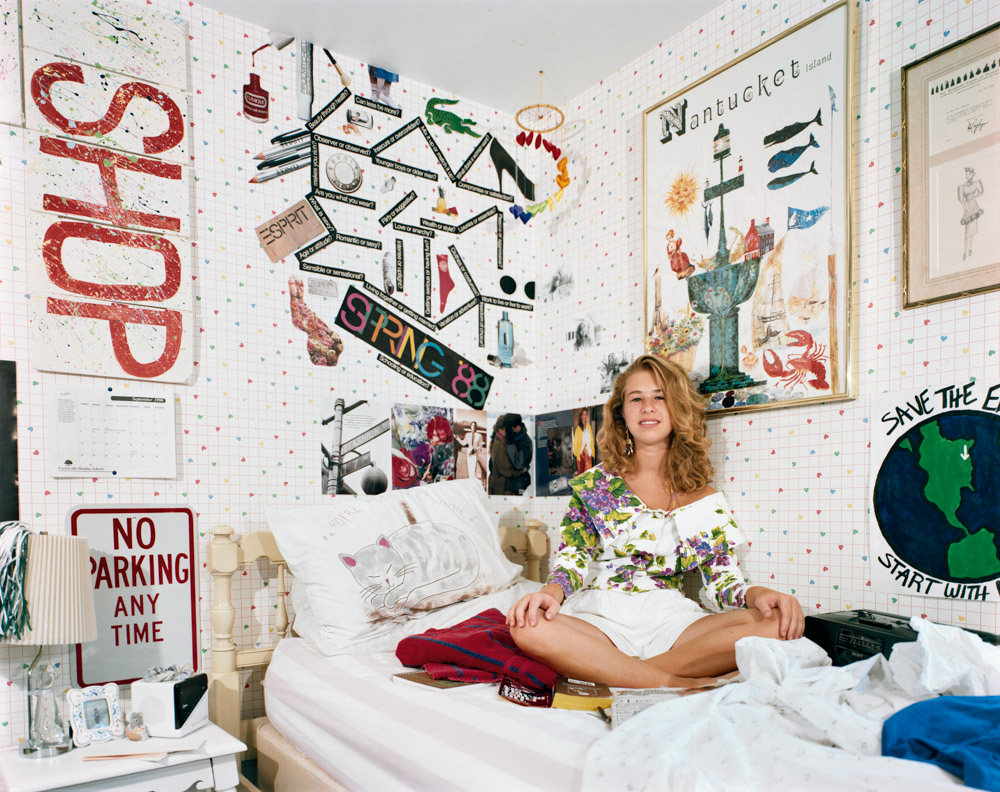 Cult classic ‘Teenagers in Their Bedrooms’ captures the angst of being a teen
Cult classic ‘Teenagers in Their Bedrooms’ captures the angst of being a teenAre 1990s teens so different? Three decades after its original release, this photography book by Adrienne Salinger has been published again, by DAP
-
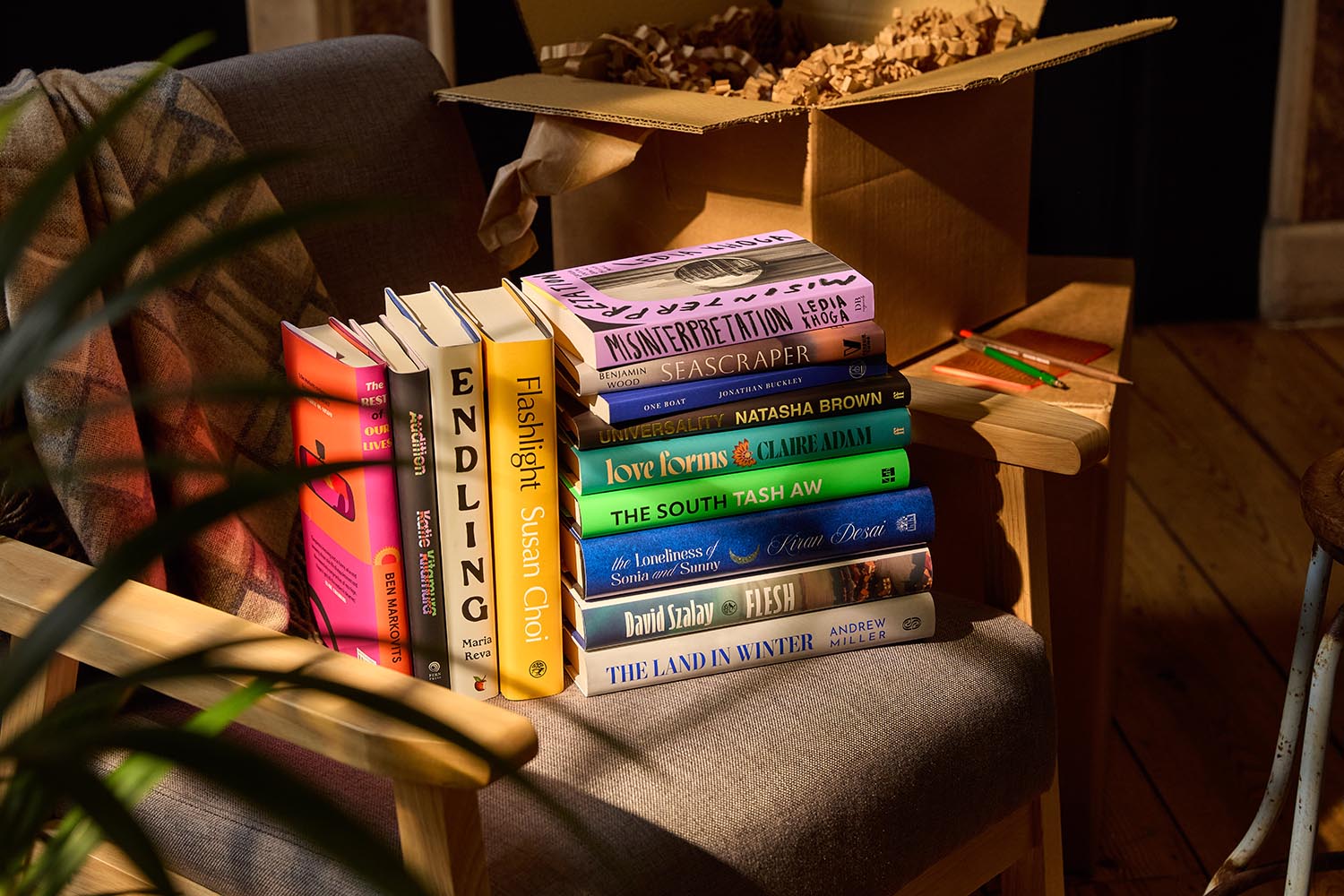 Make the Booker Prize shortlist your new reading list
Make the Booker Prize shortlist your new reading listThis year’s Booker Prize shortlist captures the emotional complexity of our times, with stories of fractured families, shifting identities and the search for meaning in unfamiliar places
-
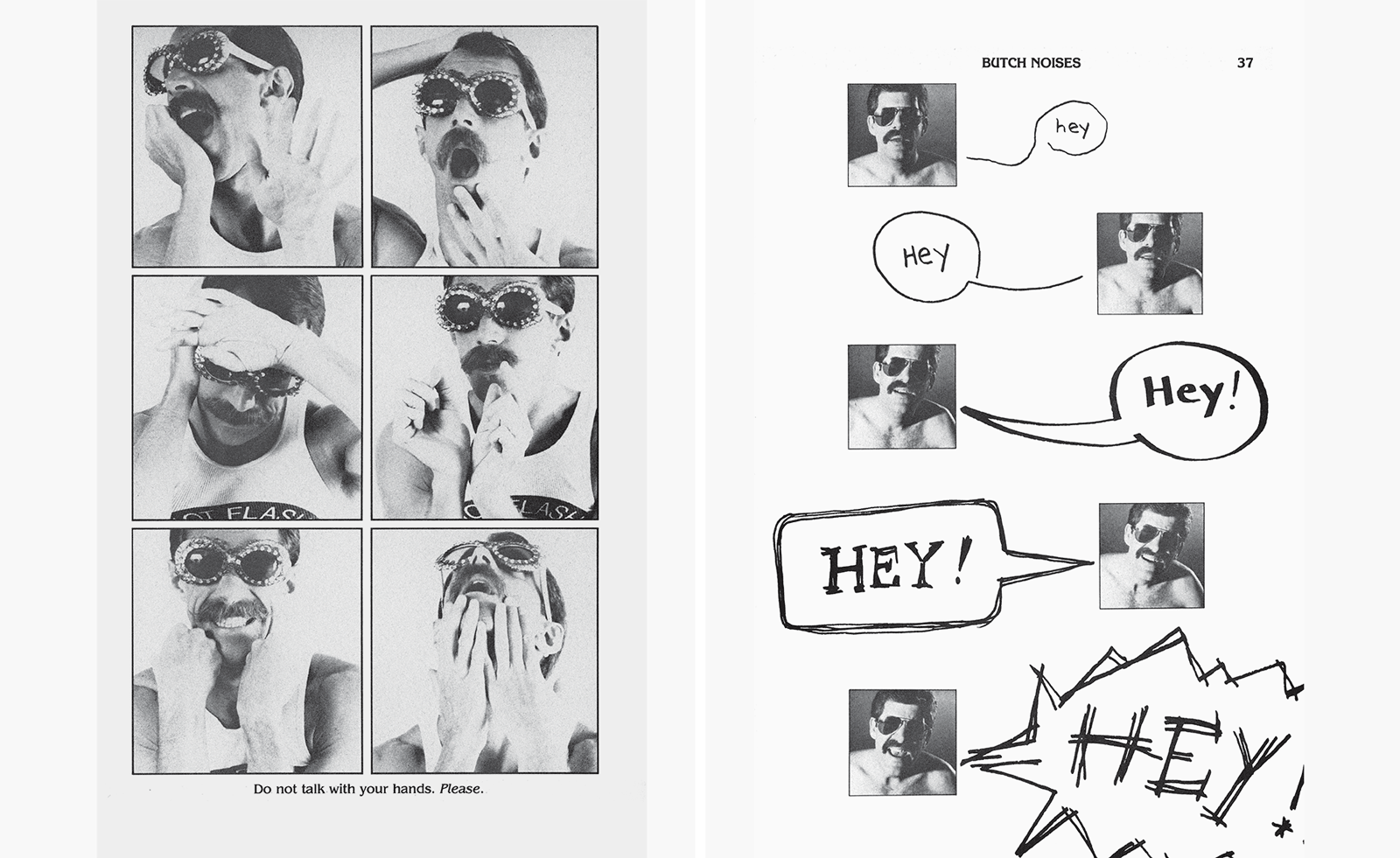 How to be butch: Clark Henley’s sharp, satirical and playful manual is back in print
How to be butch: Clark Henley’s sharp, satirical and playful manual is back in printThe 1982 classic, ‘The Butch Manual: The Current Drag and How to Do It’, full of tongue-in-cheek advice, is available once again
-
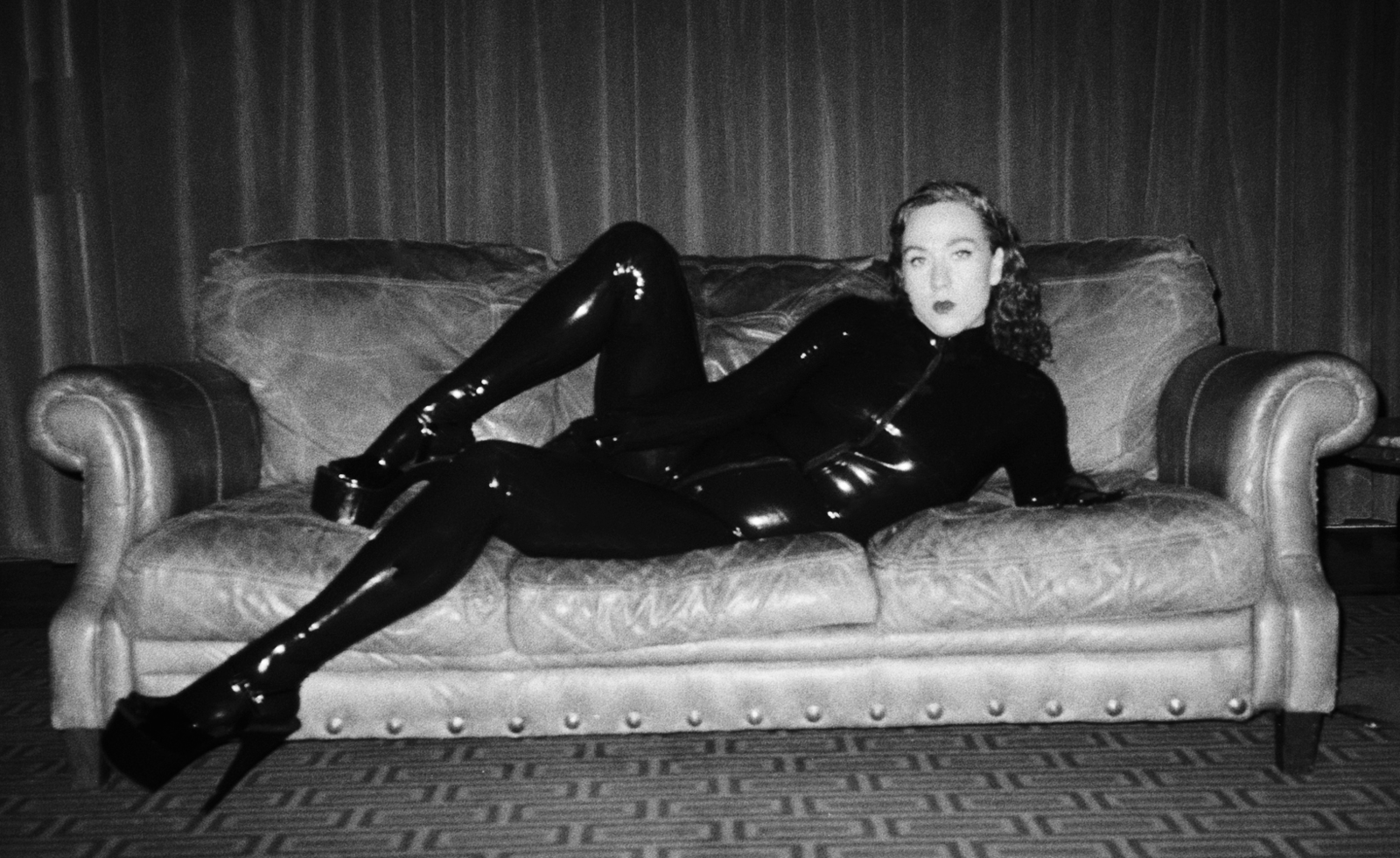 We are all fetishists, says Anastasiia Fedorova in her new book, which takes a deep dive into kink
We are all fetishists, says Anastasiia Fedorova in her new book, which takes a deep dive into kinkIn ‘Second Skin’, writer and curator Fedorova takes a tour through the materials, objects and power dynamics we have fetishised